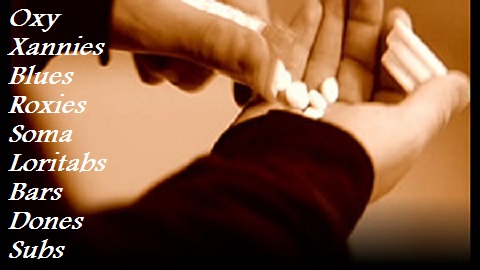 Millions of Americans are dependent on prescription drugs. Many of these addicts are average citizens, with no prior history of drug abuse. They became “hooked” after first using the drugs for legitimate medical reasons. Now, having escalated their drug usage, they cannot stop. The destructive course of addiction rips at the thread of family fabric.
Millions of Americans are dependent on prescription drugs. Many of these addicts are average citizens, with no prior history of drug abuse. They became “hooked” after first using the drugs for legitimate medical reasons. Now, having escalated their drug usage, they cannot stop. The destructive course of addiction rips at the thread of family fabric.
Most people who take prescription medications take them responsibly. However, those who take prescription drugs to experience a high are becoming a serious public health concern. Certain prescription drugs such as opioids, central nervous system (CNS) depressants, and stimulants can alter the brain’s activity and lead to dependence and possibly addiction.
The inability to stop using prescription drugs is a characteristic of addiction. Although most people would stop using a prescription drug if they knew it had destructive consequences, an addicted person cannot. After prolonged use of an addictive substance, the brain virtually becomes “re-wired.” At this point, the individual is not simply weak-willed. Instead, there are differences in the way their brain reacts to drugs from most people. Once started, they often cannot stop without help from outside sources.
Women are two to three times more likely to be prescribed drugs such as sedatives than men. They are also about two times more likely to become addicted. Senior citizens take more drugs than the rest of the population. This significantly increases their odds of becoming addicted. Finally, recent national studies show that the sharpest increase of prescription drug users for non-medical purposes occurred in the 12 to 17 and 18 to 25 age groups.
An estimated 9 million people aged 12 and older used prescription drugs for reasons that were not medically related in 1999. More than a quarter of that number reported using prescription drugs non-medically for the first time in the previous year.
Although prescription drug abuse affects many Americans, some trends of concern can be seen among seniors, adolescents, and women. In addition, health care professionals (including physicians, nurses, pharmacists, dentists, anesthesiologists, and veterinarians) may be at increased risk of prescription drug abuse because of the ease of access. These professionals also have the ability to self-prescribe drugs. Despite the increased risk, recent surveys and research in the early 1990s indicate that health care providers probably suffer from substance abuse, including alcohol and drugs, at a rate similar to rates in society as a whole. On average this is in the range of 8 to 12 percent.
